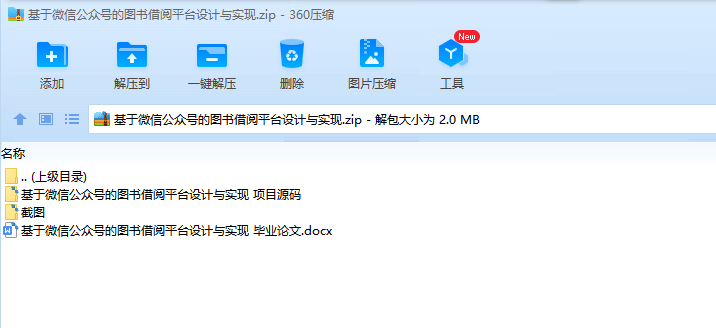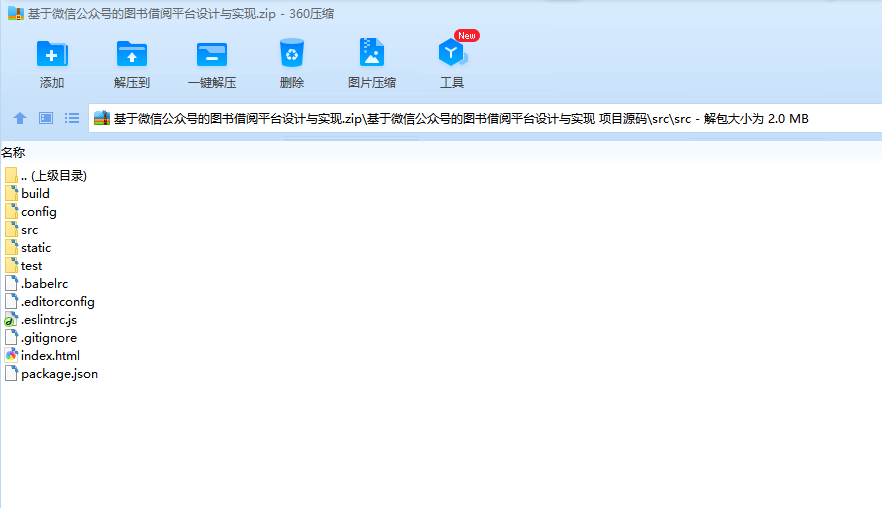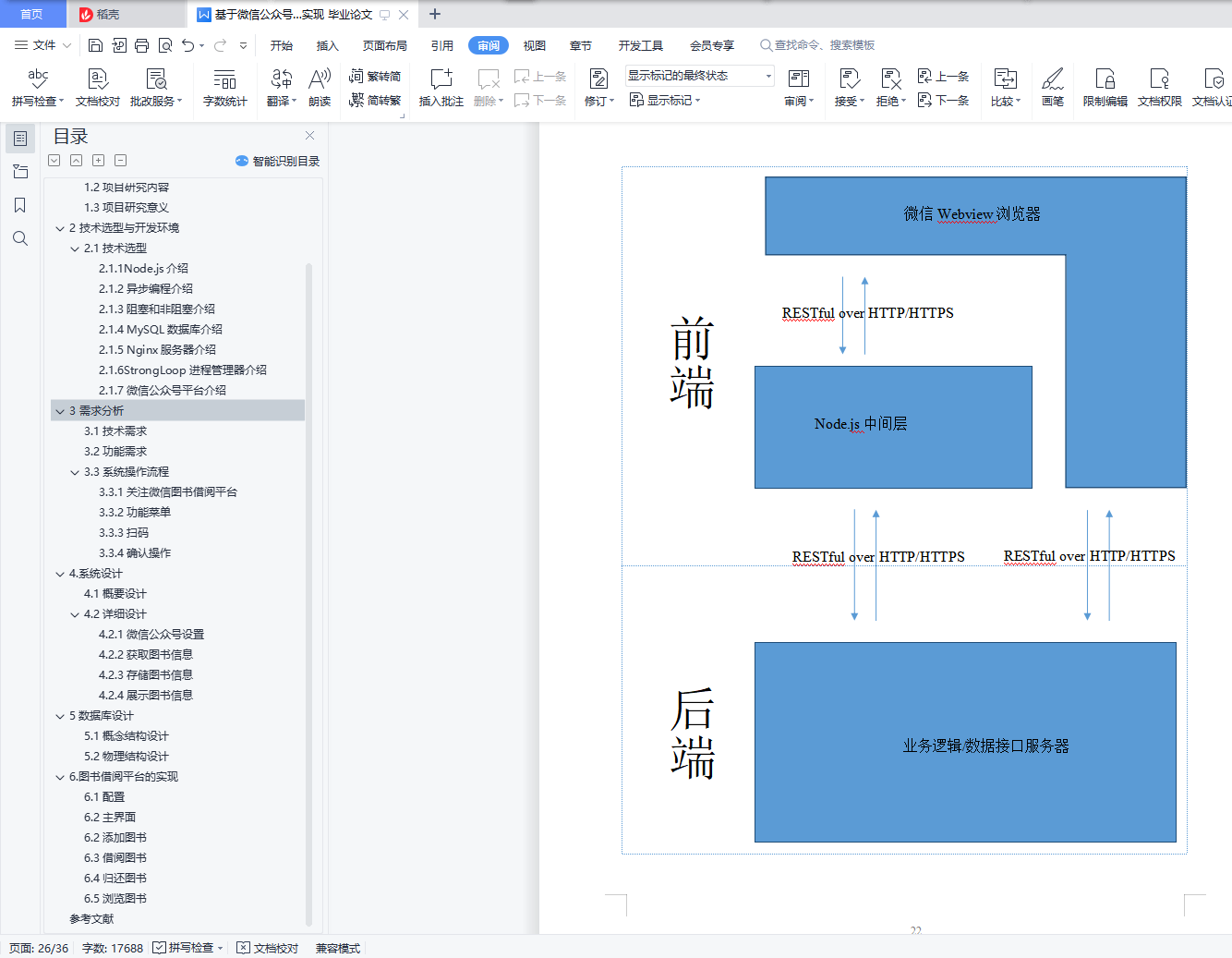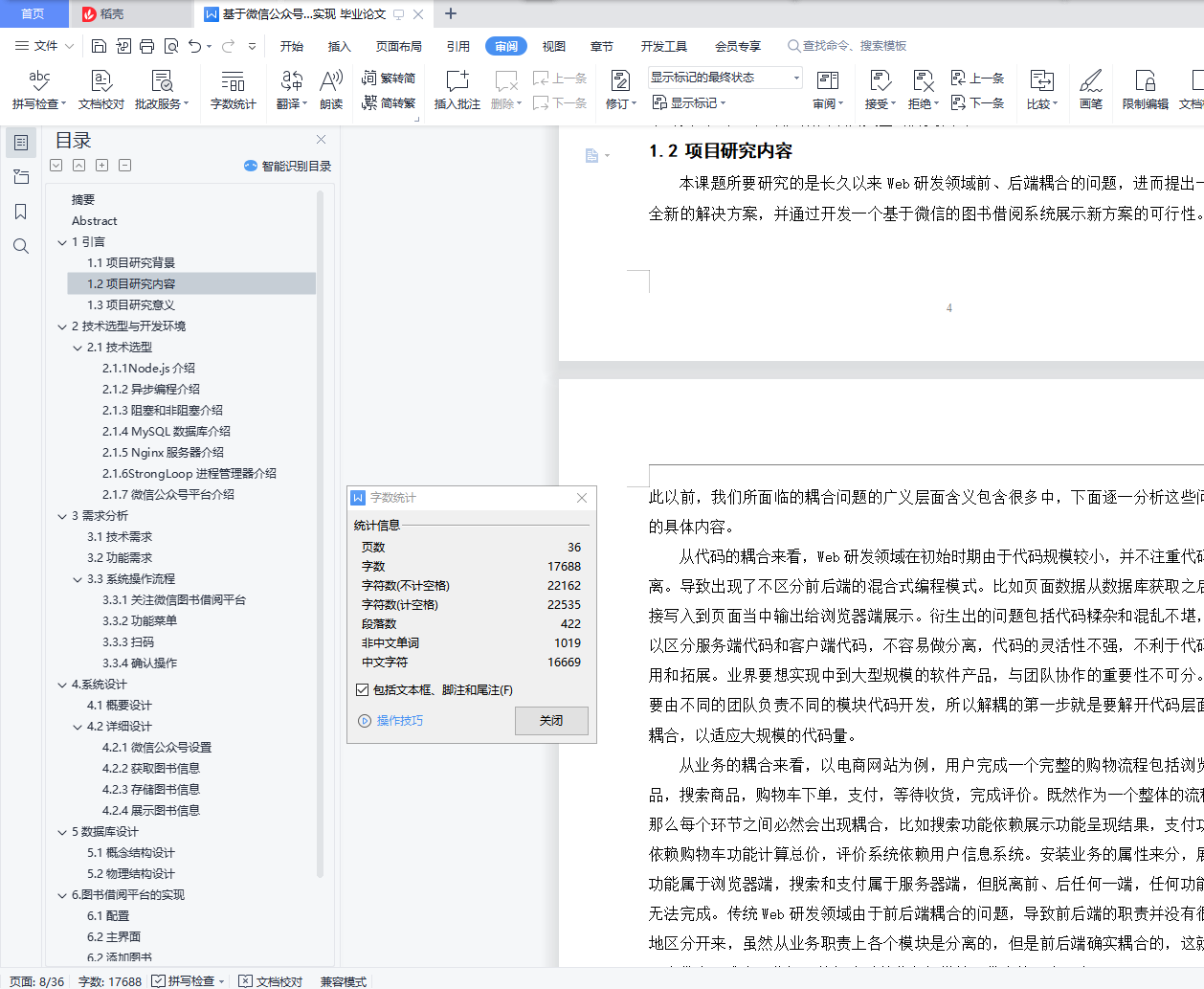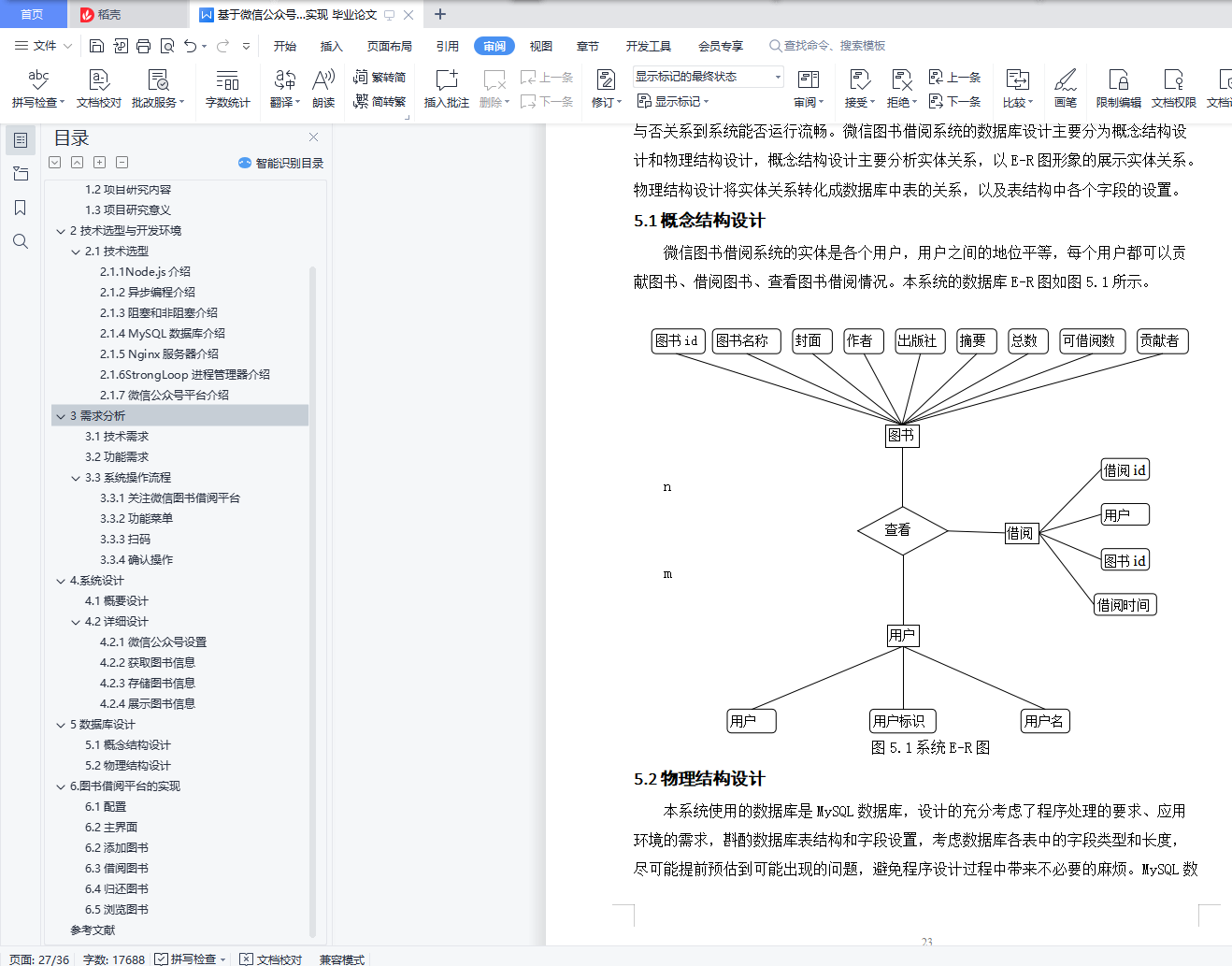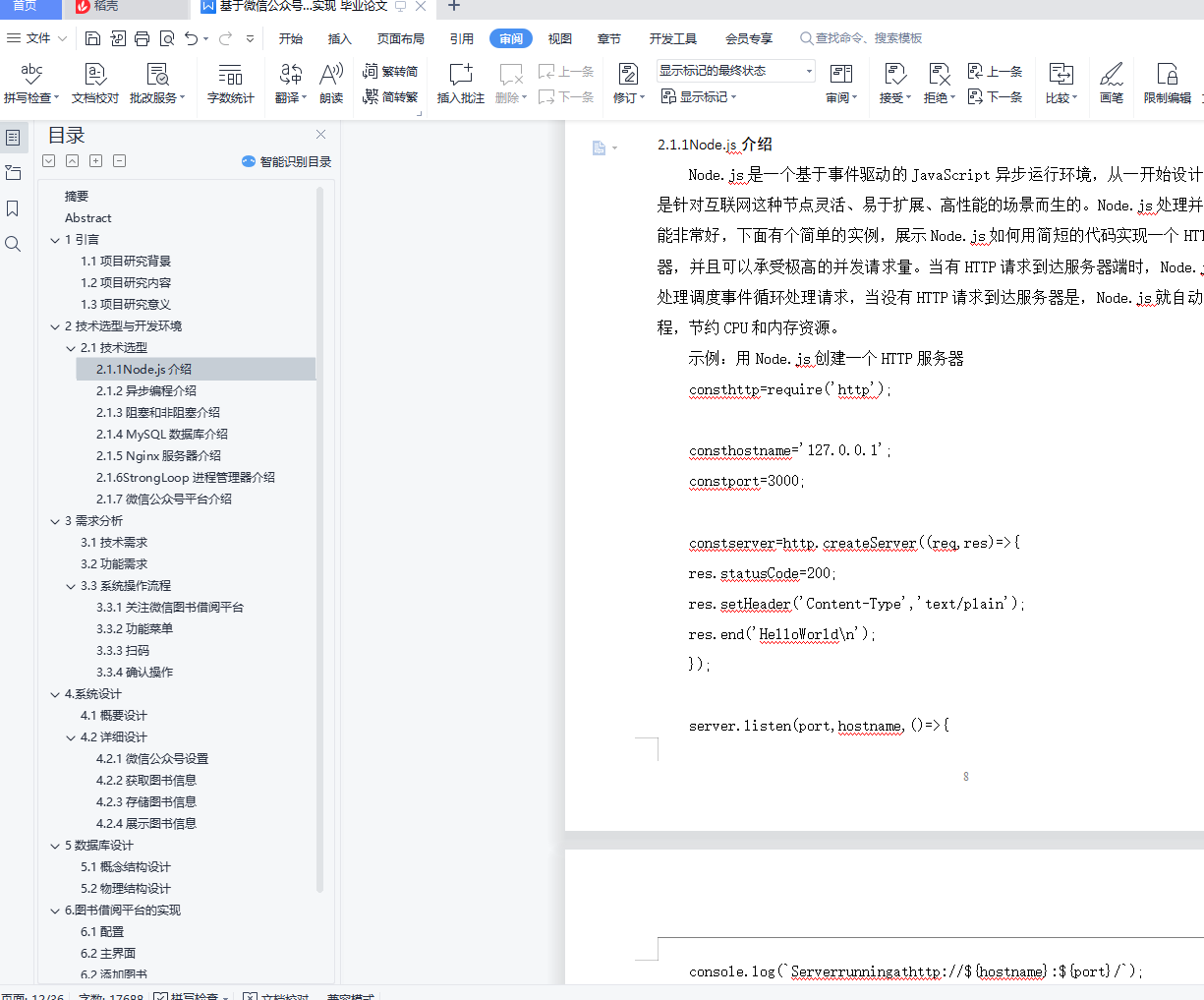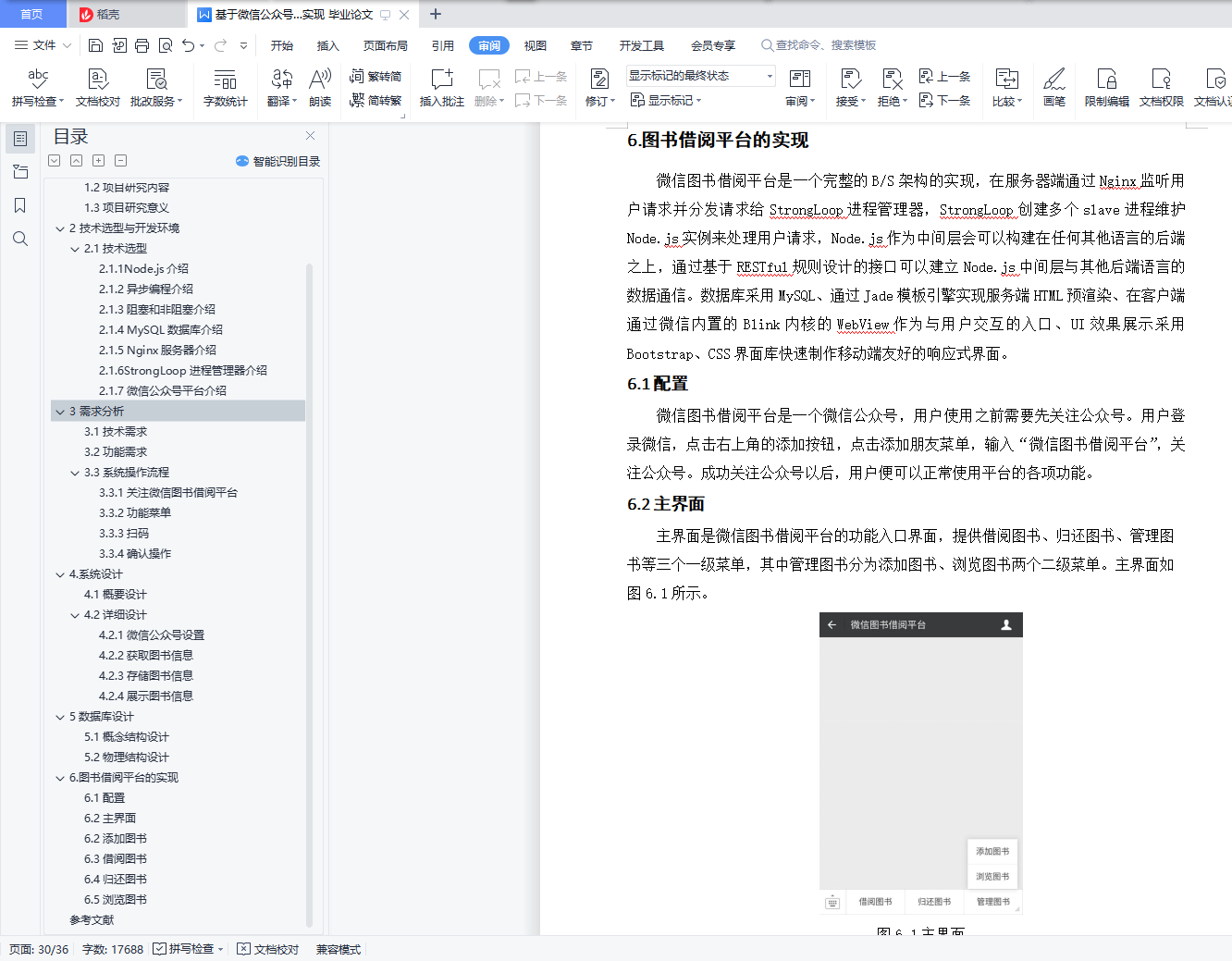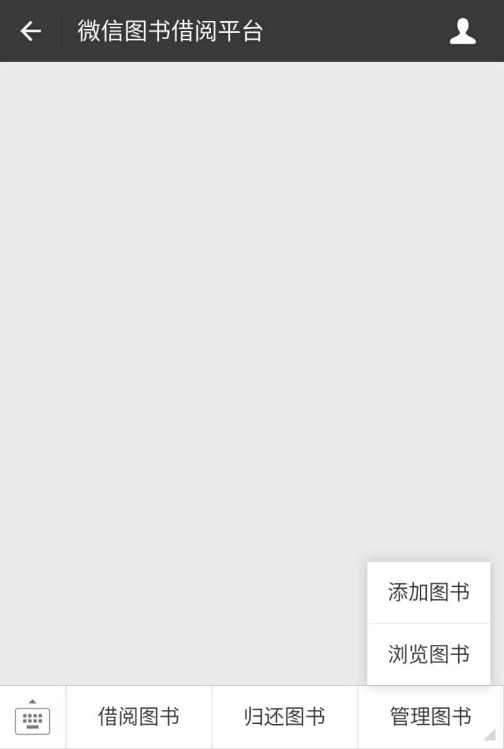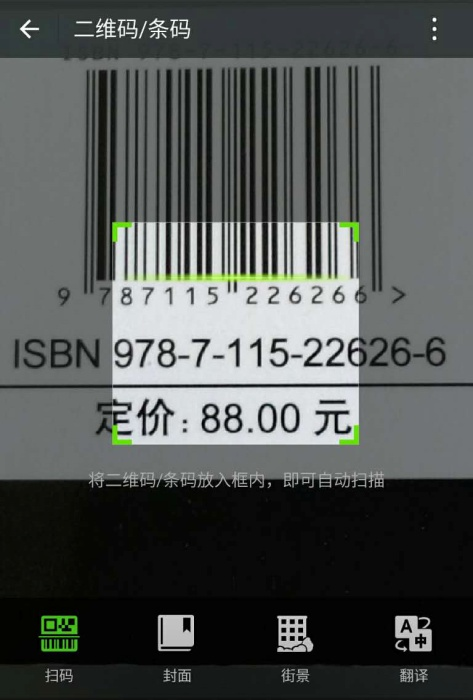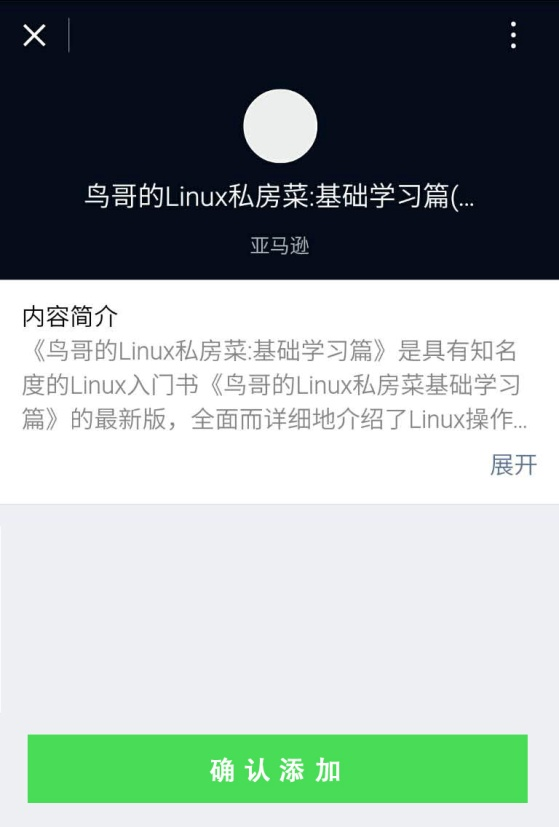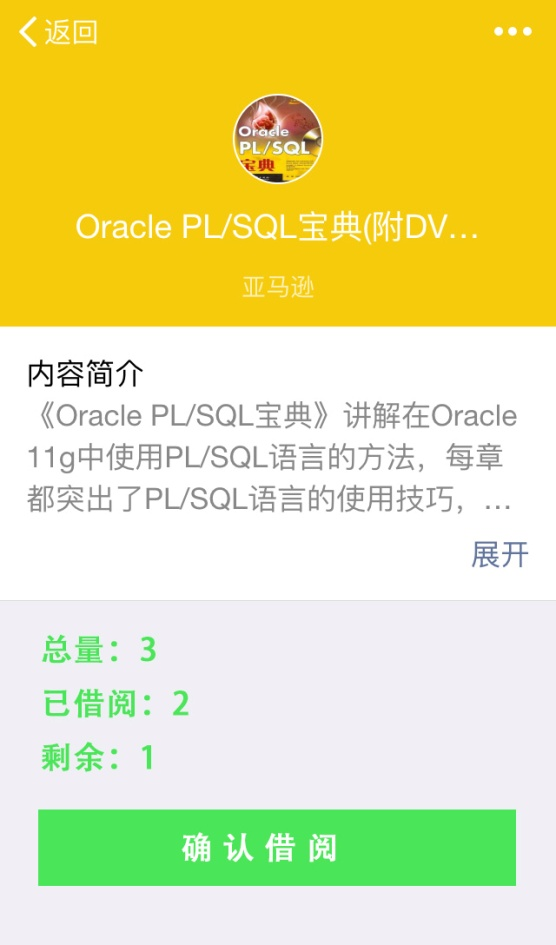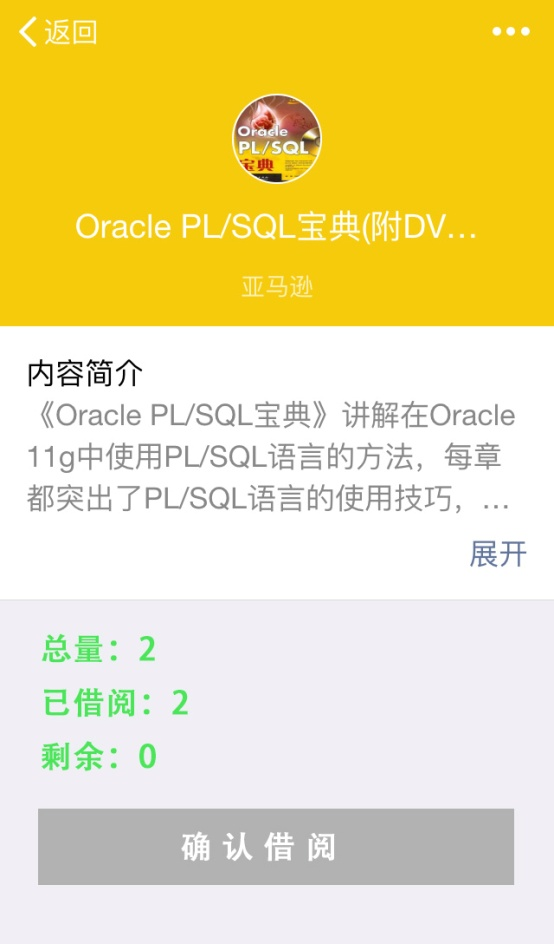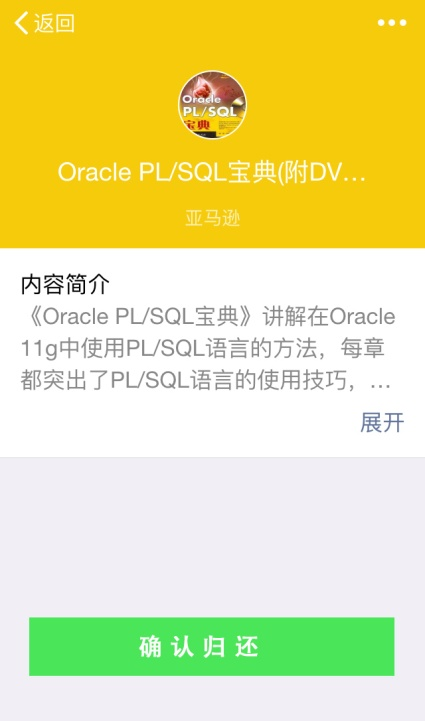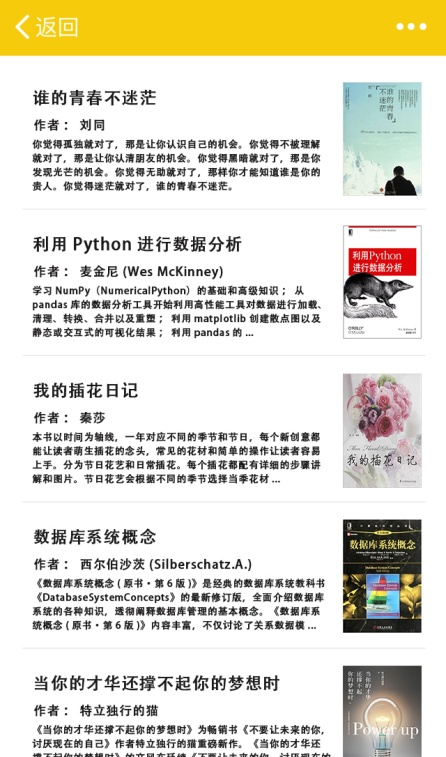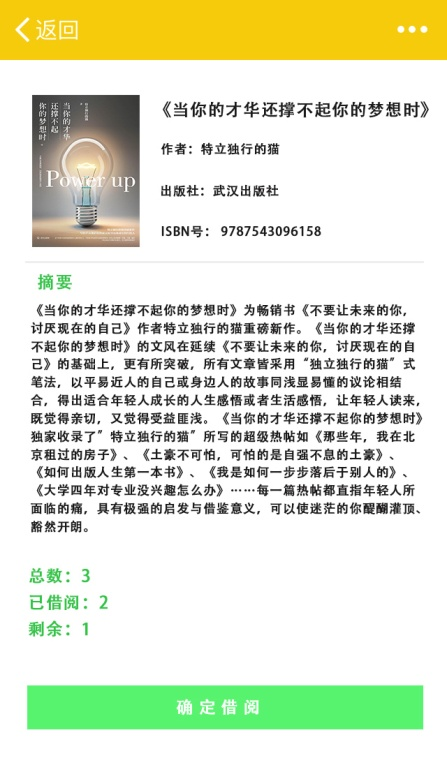摘要
很多的高校为了方便学生对图书的查看和订阅,都推出了图书馆管理系统,但是大部分的图书馆管理系统是基于互联网部署使用的,对环境的依赖性比较大.随着信息技术的不断发展,我国已经进入了微服务时代,通过移动APP和微信公众号向用户提供信息服务已经成为了主流的趋势,鉴于APP需要下载安装,占用内存比较大。
本微信图书借阅平台是一个完整的B/S架构的实现,在服务器端通过Nginx监听用户请求并分发请求给StrongLoop进程管理器,StrongLoop创建多个slave进程维护Node.js实例来处理用户请求,Node.js作为中间层可以构建在任何其他语言的后端之上,通过基于RESTful规则设计的接口可以建立Node.js中间层与其他后端语言的数据通信。数据库采用MySQL、通过Jade模板引擎实现服务端HTML预渲染、在客户端通过微信内置的Blink内核的WebView作为与用户交互的入口、UI效果展示采Bootstrapcss界面库快速制作移动端友好的响应式界面。
关键词:微信;公众号;图书管理;借阅;Node.js
Abstract
In order to facilitate students' view and subscribe to books, many universities have launched library management systems, but most library management systems are based on the Internet deployment and are relatively dependent on the environment. With the continuous development of information technology, China has entered the era of micro-service. It has become a mainstream trend to provide information services to users through mobile APP and WeChat public account. In view of the need for APP to download and install, it occupies a relatively large memory.
This WeChat book lending platform is the implementation of a complete B / S architecture that listens for user requests on the server-side through Nginx and distributes requests to the StrongLoop Process Manager, StrongLoop creates multiple instances of slave process maintenance Node.js to process user requests, Node.js as the middle layer can be built above the back end of any other language, and the Node.js middle layer and other back-end languages can be established through an interface designed based on RESTful rules.The database uses MySQL, service HTML pre-rendering through Jade template engine, WebView through the wechat built-in Blink kernel on the client as the entrance for interaction with users, and UI effect display Bootstrapcss interface library quickly makes a mobile end-friendly responsive interface.
Key words: WeChat; public account; book management; borrowing; Node.js
目录
摘要 1
Abstract 2
1 引言 1
1.1项目研究背景 2
1.2 项目研究内容 4
1.3 项目研究意义 6
2 技术选型与开发环境 8
2.1 技术选型 8
2.1.1Node.js介绍 8
2.1.2 异步编程介绍 9
2.1.3 阻塞和非阻塞介绍 10
2.1.4 MySQL数据库介绍 11
2.1.5 Nginx服务器介绍 13
2.1.6StrongLoop进程管理器介绍 13
2.1.7微信公众号平台介绍 13
3 需求分析 15
3.1 技术需求 15
3.2 功能需求 17
3.3 系统操作流程 17
3.3.1 关注微信图书借阅平台 17
3.3.2 功能菜单 17
3.3.3 扫码 18
3.3.4 确认操作 18
4.系统设计 19
4.1概要设计 19
4.2详细设计 20
4.2.1 微信公众号设置 20
4.2.2 获取图书信息 20
4.2.3 存储图书信息 21
4.2.4 展示图书信息 21
5数据库设计 23
5.1概念结构设计 23
5.2物理结构设计 23
6.图书借阅平台的实现 26
6.1配置 26
6.2主界面 26
6.2添加图书 27
6.3借阅图书 28
6.4归还图书 29
6.5浏览图书 30
参考文献 32
